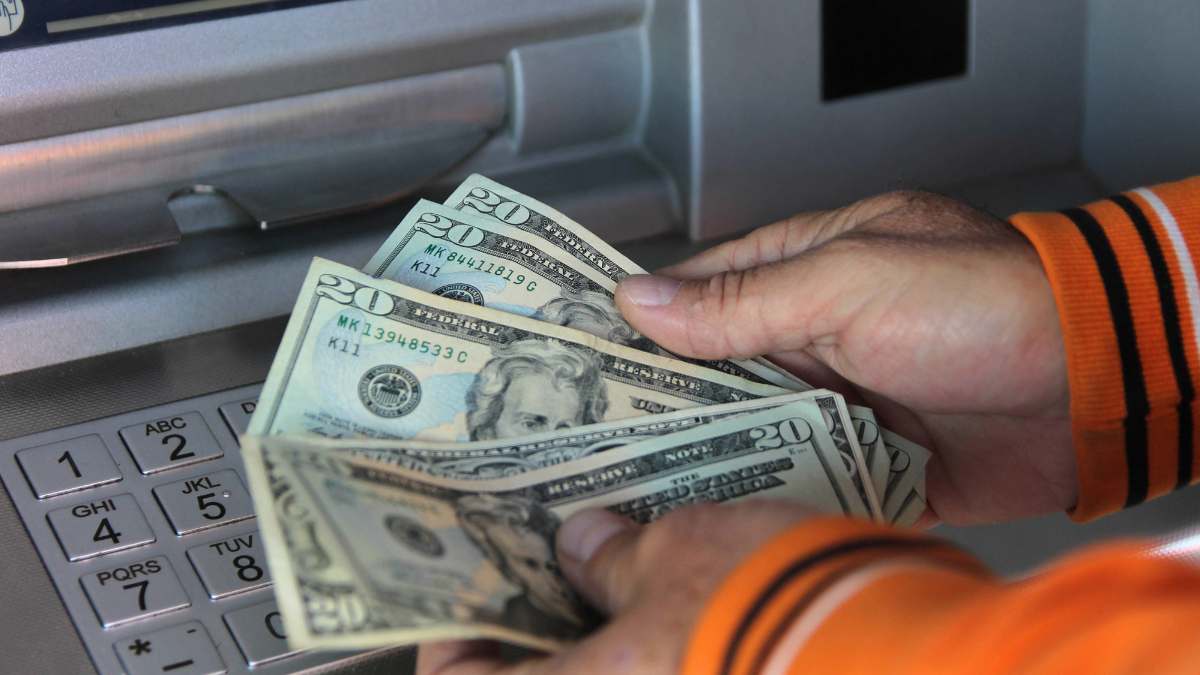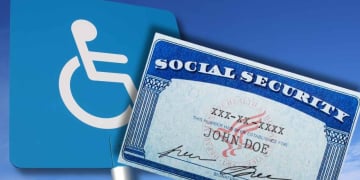Financial aid programs, popularly known as stimulus checks in the United States, have different designs and deadlines depending on each jurisdiction. In California, Sacramento Family First provides $725 a month to 200 low-income families through November 2025, as an example, but dozens of states offer other types of benefits tailored to local needs.
Let’s review together the different stimulus checks or economic aid programs in place in 2025, with their amounts, application and distribution deadlines, and characteristics. From Colorado and New Jersey to New York, Florida, Georgia, and others: Maybe one of these might interest and suit you.
Complete guide to stimulus payments: from $725 to $6,500 depending on the state
Various states across the country have implemented or proposed economic stimulus payments aimed at easing the financial burden of their residents, especially in contexts of inflation, rising cost of living, or tax surpluses.
We can talk from guaranteed income pilot programs to property tax refunds and credits for working families, these initiatives vary in amount, eligibility and schedule, depending on state policies.
Some programs have already concluded and distributed billions in payments, while others are in the approval process or planned for the next few years. This is the list of some of those that are current:
California: Sacramento Family First
- Amount: $725 monthly
- Who qualifies: 200 low-income families
- Program status: Pilot valid until November 2025
California: Middle Class Tax Refunds (MCTR)
- Amount: Between $200 and $1,050 (program concluded)
- Who qualified: Almost 32 million taxpayers and dependents
- Payments made: From October 2022 to mid-January 2023
Colorado: TABOR Refunds (“Cash Back”)
- Amount: From $177 to $1,130 per taxpayer
- Who qualifies: Residents who filed a 2023 return or requested a PTC refund
- Program Status: Next round in 2026, projections $41 to $137
Florida: Property Tax Rebate
- Proposed amount: $1,000 in school levies
- Who would qualify: Homeowners, potentially 5.1 million homes
- Program status: In legislative process, no approval yet
Georgia: Tax Rebates
- Amount: $250 (singles), $375 (heads of family), $500 (married)
- Who qualifies: Tax returns filed between 2021 and 2024
- Program status: Possible issuance in 2025, awaiting the governor’s signature
Massachusetts: 62F Refunds
- Amount: 14% of the 2021 tax obligation
- Who Qualified: All eligible taxpayers
- Program Status: Completed, no new rounds announced
Michigan: Working Families Tax Credit
- Amount: Average $836, up to $550 per family
- Who qualifies: Compliant with the federal EITC and filed federal and state returns
- Program status: Simplified by 2025, active from February 2024
New Jersey: ANCHOR Program (revampado)
- Amount: Up to $6,500 combined with Senior Freeze and StayNJ
- Who qualifies: Eligible residents
- Program status: Applications since March 2025, payments since July 202
New York: School Tax Relief Program (STAR)
- Monto: $290 (Basic STAR), $650 (Enhanced STAR)
- Who qualifies: Eligible homeowners
- Program Status: Ongoing, through tax exemption or credit
New York: Inflation Relief Checks
- Proposed amount: Between $300 and $500
- Who would qualify: Income less than $150,000 (individual) or $300,000 (family), excludes undocumented immigrants
- Program status: Pending budget approval in April 2025
Pennsylvania: Property Tax/Rent Rebate
- Amount: Up to $1,000, depending on income and housing situation
- Who qualifies: Over 65 years old, widowed or widowed over 50, disabled over 18, income ≤ $45,000
- Program Status: Applications for 2023 are due December 31, 2024
Virginia: Tax Rebate
- Amount (2023): Up to $400 (joint return), $200 (single) – program completed
- Who qualified: Taxpayers entitled to refund for tax surplus
- Program status: In debate, $1.1 billion auto loan is being discussed
If you hurry and meet the requirements, you could receive some of these payments and you could use them to cover expenses around your home, pay taxes, rent, or another expense.




